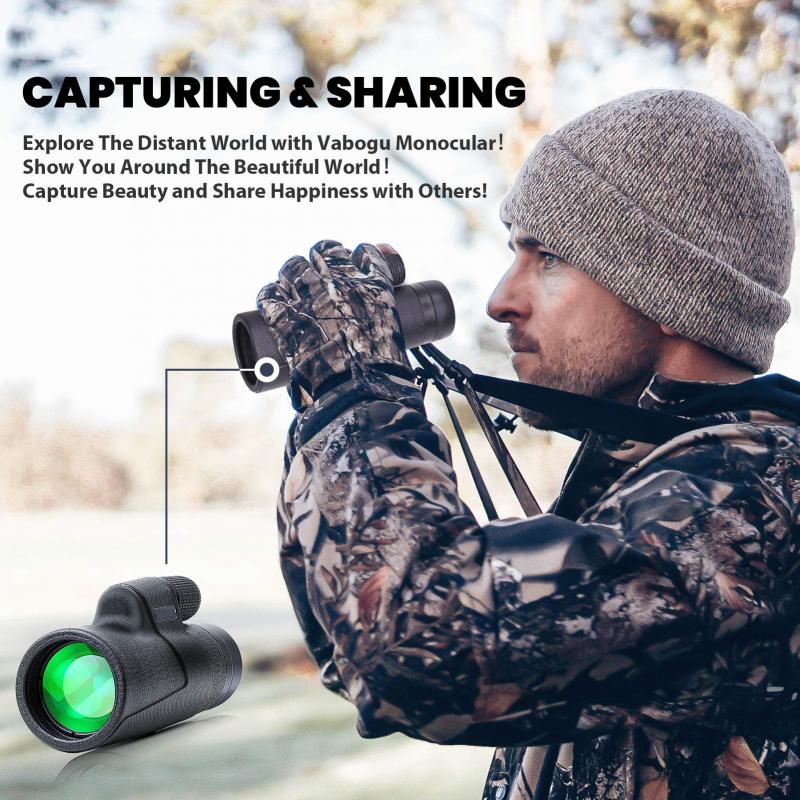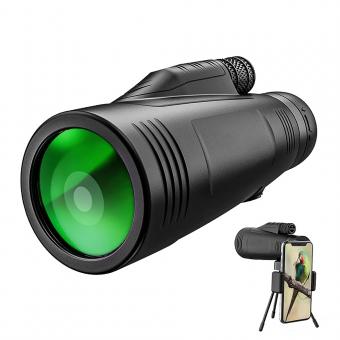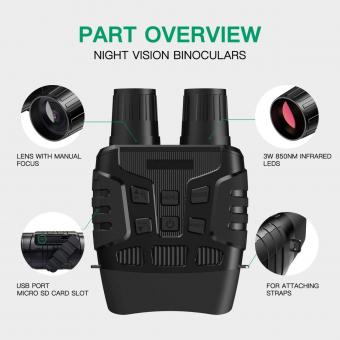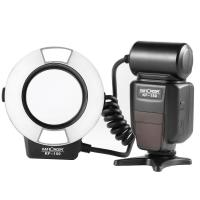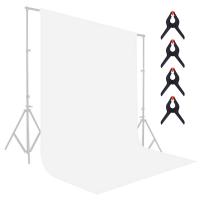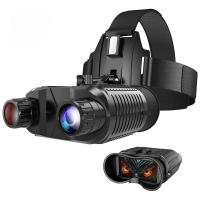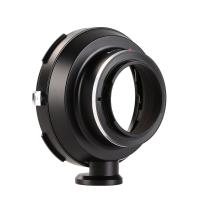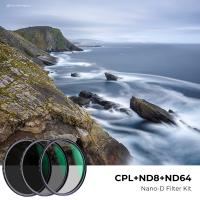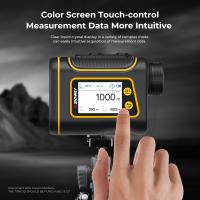How Does Monocular Indirect Work ?
Monocular indirect ophthalmoscopy is a technique used to examine the retina and other structures at the back of the eye. It involves using a handheld ophthalmoscope, which emits a beam of light that is directed into the eye. The light reflects off the retina and other structures, and then passes back through the ophthalmoscope to the examiner's eye.
The examiner views the illuminated structures through a small aperture in the ophthalmoscope, which helps to focus the light and improve visualization. By adjusting the position and angle of the ophthalmoscope, the examiner can explore different areas of the retina and identify any abnormalities or signs of disease.
Monocular indirect ophthalmoscopy provides a wide-field view of the retina and allows for a detailed examination of its various layers and blood vessels. It is commonly used in ophthalmology clinics and is an important tool for diagnosing and monitoring conditions such as diabetic retinopathy, macular degeneration, and retinal detachments.
1、 Optics: Light is directed into the eye using a handheld lens.
Monocular indirect ophthalmoscopy is a technique used by ophthalmologists to examine the retina and other structures at the back of the eye. It involves the use of a handheld lens and a light source to direct light into the eye and visualize the structures of interest.
The process begins by dilating the patient's pupils to allow for a wider view of the retina. The ophthalmologist then holds a handheld lens in front of the patient's eye and shines a light into the eye. The lens helps to focus the light onto the retina, while also magnifying the image for better visualization.
By moving the lens around and adjusting the angle of the light, the ophthalmologist can examine different areas of the retina. They can also use additional lenses to further magnify the image or enhance specific details.
Monocular indirect ophthalmoscopy provides a wide-field view of the retina, allowing for a comprehensive examination of its structures. It is particularly useful in diagnosing and monitoring conditions such as diabetic retinopathy, macular degeneration, and retinal detachments.
In recent years, advancements in technology have led to the development of digital imaging systems that can capture and store images of the retina. These systems can be used in conjunction with monocular indirect ophthalmoscopy to document findings and track changes over time. This integration of technology has improved the accuracy and efficiency of the examination process.
Overall, monocular indirect ophthalmoscopy remains an essential tool in the field of ophthalmology, providing valuable insights into the health of the retina and aiding in the diagnosis and management of various eye conditions.
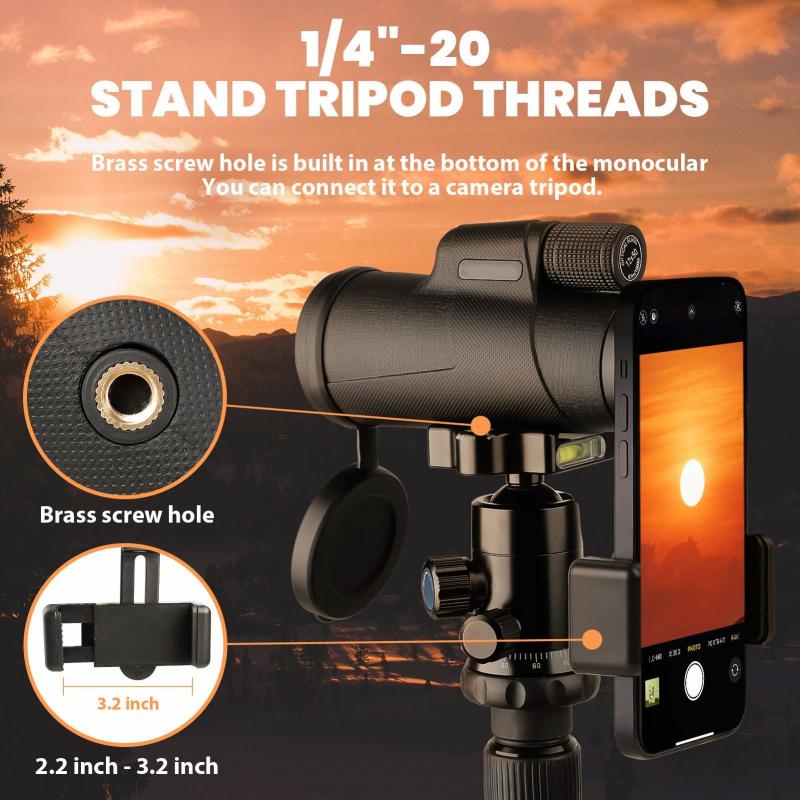
2、 Indirect Ophthalmoscopy: Examining the retina using a wide-angle view.
Monocular indirect ophthalmoscopy is a technique used to examine the retina, which is the light-sensitive tissue at the back of the eye. It involves using a special instrument called an indirect ophthalmoscope, which consists of a light source, a condensing lens, and a binocular loupe for the examiner.
During the examination, the patient's pupils are dilated to allow for a better view of the retina. The examiner sits or stands at a distance from the patient and shines a bright light into the eye using the ophthalmoscope. The light is reflected off the retina and back into the examiner's eye through the condensing lens. This creates a magnified, wide-angle view of the retina.
The monocular indirect ophthalmoscope allows for a more comprehensive examination of the retina compared to direct ophthalmoscopy, which only provides a limited view. It enables the examiner to visualize the entire retina, including the peripheral areas, which are not easily accessible with other techniques.
In recent years, advancements in technology have led to the development of digital imaging systems that can be used in conjunction with monocular indirect ophthalmoscopy. These systems capture high-resolution images of the retina, allowing for better documentation and analysis of any abnormalities or changes over time. They also provide a more convenient way to share images with other healthcare professionals for consultation or further evaluation.
Overall, monocular indirect ophthalmoscopy remains an essential tool in the examination of the retina. It provides a wide-angle view and allows for the detection and monitoring of various retinal conditions, such as diabetic retinopathy, macular degeneration, and retinal detachments. The integration of digital imaging systems further enhances its diagnostic capabilities and contributes to improved patient care.

3、 Binocular Vision: Combining images from both eyes to create depth perception.
Monocular indirect vision refers to the ability to perceive depth using only one eye. It is a process by which the brain combines the images received from the two eyes to create a sense of depth perception. This is in contrast to binocular vision, where both eyes work together to provide depth perception.
The process of monocular indirect vision involves several cues that the brain uses to interpret depth. These cues include:
1. Size: Objects that are closer to the viewer appear larger, while objects that are farther away appear smaller. The brain uses this size difference to estimate the distance of objects.
2. Overlapping: When one object partially covers another, the brain interprets the partially covered object as being farther away.
3. Texture gradient: Objects that are closer appear to have more detail and texture, while objects that are farther away appear to have less detail. The brain uses this difference in texture to estimate distance.
4. Motion parallax: As the viewer moves, objects that are closer appear to move faster than objects that are farther away. The brain uses this difference in motion to estimate depth.
5. Perspective: Parallel lines appear to converge as they recede into the distance. The brain uses this convergence to estimate depth.
These cues, along with others, allow the brain to create a three-dimensional perception of the world using only one eye. However, it is important to note that binocular vision provides a more accurate and precise depth perception compared to monocular indirect vision.
From a latest point of view, recent research has focused on understanding the neural mechanisms behind monocular indirect vision. Studies have shown that specific areas in the visual cortex of the brain are responsible for processing depth cues from monocular vision. These areas receive input from the eye and integrate the information to create a perception of depth. Understanding these neural mechanisms can help in developing better treatments for individuals with impaired depth perception or vision in one eye.
In conclusion, monocular indirect vision is the process by which the brain combines the images received from one eye to create a sense of depth perception. It relies on various depth cues such as size, overlapping, texture gradient, motion parallax, and perspective. While binocular vision provides a more accurate depth perception, monocular indirect vision allows individuals with vision in only one eye to perceive depth and navigate their environment effectively.
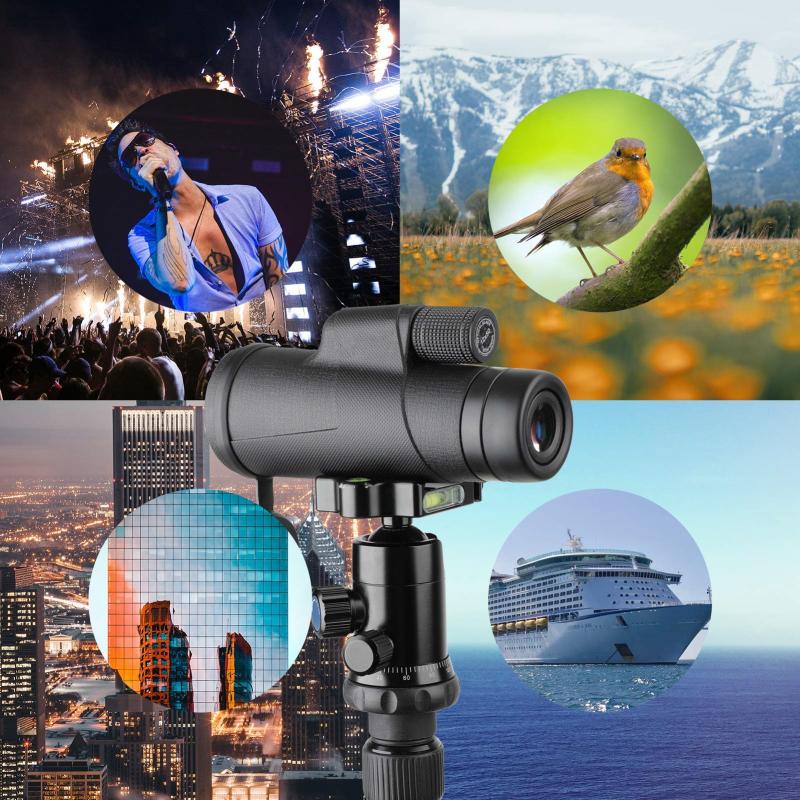
4、 Pupil Dilation: Enlarging the pupil to improve visualization of the retina.
Monocular indirect ophthalmoscopy is a technique used by ophthalmologists to examine the retina, optic nerve, and blood vessels at the back of the eye. It involves using a handheld ophthalmoscope and a condensing lens to view the structures of the eye.
One important aspect of monocular indirect ophthalmoscopy is pupil dilation. By enlarging the pupil, more light can enter the eye, improving visualization of the retina. Pupil dilation is typically achieved using eye drops that contain medications such as tropicamide or phenylephrine. These medications work by relaxing the muscles that control the size of the pupil, allowing it to open wider.
When the pupil is dilated, the ophthalmologist can use the ophthalmoscope to examine the retina in detail. The handheld ophthalmoscope emits a beam of light that is directed into the eye. The condensing lens helps to focus the light onto the retina, allowing the ophthalmologist to see the structures clearly.
During the examination, the ophthalmologist will move the ophthalmoscope around to view different areas of the retina. They may also use different filters to enhance certain features or detect abnormalities. The ophthalmologist will carefully observe the retina, optic nerve, and blood vessels for any signs of disease or damage.
In recent years, there have been advancements in imaging technology that can provide detailed images of the retina without the need for pupil dilation. Techniques such as optical coherence tomography (OCT) and fundus photography can capture high-resolution images of the retina, allowing for a more comprehensive evaluation. However, monocular indirect ophthalmoscopy remains an important tool in the ophthalmologist's arsenal, especially in cases where imaging technology may not be readily available or suitable.
In conclusion, pupil dilation is a crucial step in monocular indirect ophthalmoscopy as it allows for improved visualization of the retina. While advancements in imaging technology have expanded our ability to examine the eye, monocular indirect ophthalmoscopy continues to play a vital role in the comprehensive evaluation of ocular health.
